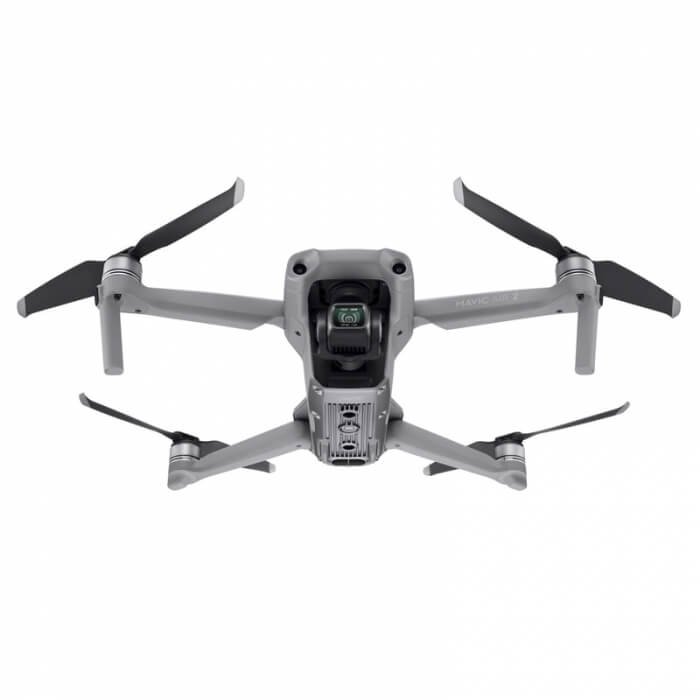Erythema Nodosum Leprosum (ENL) is a rare and serious complication of leprosy, a chronic bacterial infection caused by Mycobacterium leprae. ENL can cause painful skin lesions and systemic symptoms, significantly affecting a person’s quality of life. In this article, we’ll provide simple explanations for the types, causes, symptoms, diagnostic tests, treatments, and drugs associated with ENL.
Types of Erythema Nodosum Leprosum:
ENL can be classified into two main types:
- Acute ENL: Sudden onset of symptoms, often requiring immediate medical attention.
- Chronic ENL: Symptoms persist over a more extended period and can recur.
Causes of Erythema Nodosum Leprosum:
ENL is primarily triggered by an overactive immune response to the leprosy bacteria. Other factors that can contribute to its development include:
- Leprosy infection: The presence of Mycobacterium leprae in the body.
- High bacterial load: A significant number of leprosy bacteria in the bloodstream.
- Genetic predisposition: Some individuals may be more susceptible due to their genetic makeup.
- Weakened immune system: Immune-suppressing medications or conditions like HIV can increase the risk.
- Stress: Emotional or physical stress can exacerbate ENL symptoms.
- Hormonal changes: ENL can worsen during pregnancy or with hormonal fluctuations.
- Uncontrolled leprosy treatment: Inadequate or irregular treatment can lead to ENL.
Symptoms of Erythema Nodosum Leprosum:
ENL symptoms can vary, but common signs include:
- Painful red or purple skin nodules or bumps.
- Fever and chills.
- Fatigue and weakness.
- Joint pain and swelling.
- Muscle pain.
- Eye inflammation.
- Nerve damage.
- Skin ulcers.
- General malaise.
- Weight loss.
- Swollen lymph nodes.
- Anemia.
- Difficulty breathing.
- Liver inflammation.
- Kidney problems.
- Enlarged spleen.
- Digestive issues.
- Headache.
- Nausea and vomiting.
- Depression and anxiety.
Diagnostic Tests for Erythema Nodosum Leprosum:
Diagnosing ENL involves various medical tests, such as:
- Skin biopsy: A small piece of skin is removed and examined under a microscope.
- Blood tests: To check for elevated levels of specific antibodies.
- Nerve function tests: To assess any damage caused by ENL.
- X-rays: To detect bone involvement.
- Ultrasound: To evaluate internal organ inflammation.
- Histopathological examination: Analyzing tissue samples for signs of ENL.
- Slit-skin smear test: To check for Mycobacterium leprae in skin samples.
- PCR (Polymerase Chain Reaction): A molecular test to detect leprosy DNA.
- Electromyography (EMG): Measures nerve and muscle activity.
- Nerve conduction studies: Evaluates nerve function.
- CT scans: Provides detailed images of affected areas.
- MRI (Magnetic Resonance Imaging): For detailed imaging of soft tissues.
- Biopsy of affected organs: In cases of organ involvement.
- Serology tests: To identify specific antibodies related to ENL.
- Skin temperature monitoring: To assess inflammation.
- Doppler ultrasound: Checks blood flow in affected areas.
- Fine-needle aspiration: Extracts fluid from swollen lymph nodes.
- ESR (Erythrocyte Sedimentation Rate) test: Measures inflammation levels.
- CRP (C-reactive protein) test: Indicates the presence of inflammation.
- Genetic testing: Identifying genetic markers related to ENL susceptibility.
Treatments for Erythema Nodosum Leprosum:
Managing ENL involves a combination of treatments to relieve symptoms and control the immune response. Common therapies include:
- Corticosteroids: Medications like prednisone reduce inflammation and pain.
- Thalidomide: Used in severe cases, it suppresses the immune response.
- Immunosuppressants: Drugs like cyclophosphamide can calm an overactive immune system.
- Pain relievers: Over-the-counter or prescription pain medications for discomfort.
- Antibiotics: To control the underlying leprosy infection.
- Physiotherapy: Helps maintain joint function and mobility.
- Wound care: Treating skin ulcers and preventing infections.
- Surgery: In severe cases, surgery may be needed to remove damaged tissue.
- Intravenous immunoglobulins (IVIG): For severe cases with complications.
- Plasmapheresis: A procedure to filter the blood and remove harmful antibodies.
- Bed rest: Helps conserve energy during acute episodes.
- Nutritional support: Ensures the patient receives essential nutrients.
- Psychological support: Counseling or therapy to address emotional aspects.
- Antidepressants: For managing depression and anxiety.
- Intramuscular steroids: Administered for severe inflammation.
- Hydrotherapy: Warm water baths to alleviate pain.
- Topical treatments: Creams or ointments for skin lesions.
- Bracing or splinting: Supports affected joints.
- Lifestyle modifications: Managing stress and maintaining a healthy lifestyle.
- Follow-up care: Regular check-ups to monitor progress and adjust treatment.
Drugs for Erythema Nodosum Leprosum:
Several drugs are used to treat ENL. Here are some of them:
- Prednisone: A corticosteroid that reduces inflammation.
- Thalidomide: Suppresses the immune system.
- Cyclophosphamide: An immunosuppressant.
- Clofazimine: Used in leprosy treatment.
- Rifampicin: An antibiotic to control Mycobacterium leprae.
- Dapsone: Another antibiotic for leprosy.
- Mycobutin: Treats infections, including leprosy.
- Azathioprine: An immunosuppressive drug.
- Methotrexate: Helps control inflammation.
- Hydroxychloroquine: Used for its anti-inflammatory properties.
- IVIG: Intravenous immunoglobulins for severe cases.
- Acetaminophen: A pain reliever.
- Ibuprofen: Reduces pain and inflammation.
- Naproxen: Another nonsteroidal anti-inflammatory drug (NSAID).
- Amitriptyline: An antidepressant.
- Escitalopram: Treats anxiety and depression.
- Pregabalin: Helps manage nerve pain.
- Gabapentin: Also used for nerve-related pain.
- Diclofenac gel: Topical application for pain relief.
- Etoricoxib: An NSAID for pain and inflammation.
In Conclusion:
Erythema Nodosum Leprosum is a complex condition with various causes, symptoms, diagnostic tests, treatments, and drugs. If you or someone you know is experiencing symptoms suggestive of ENL, it’s crucial to seek medical attention promptly. Early diagnosis and appropriate treatment can significantly improve the quality of life for individuals with this condition. Remember, this article aims to provide straightforward information to enhance accessibility and understanding for all readers.
Disclaimer: Each person’s journey is unique, always seek the advice of a medical professional before trying any treatments to ensure to find the best plan for you. This guide is for general information and educational purposes only. If you or someone are suffering from this disease condition bookmark this page or share with someone who might find it useful! Boost your knowledge and stay ahead in your health journey. Thank you for giving your valuable time to read the article.
- HELPS IMPROVES APPEARANCE OF SCARS AND STRETCH MARKS - Dermatologist recommended and clinically proven for scars, stretch marks, uneven skin tone and so much more
- PACKED WITH NATUAL OILS - Vitamin E helps maintain healthy looking skin while natural Chamomile and Lavender Oil calm and soothe
- LOCKS IN ESSENTIAL HYDRATION WITHOUT CLOGGING PORES - Bio-Oil Skincare Oil is a uniquely formulated, non-greasy body oil that hydrates skin and helps retain essential moisture
- PLANET & ANIMAL FRIENDLY — Vegan friendly, paraben free, cruelty free, non-comedogenic, and 100% recyclable
- FORMULATED FOR ALL SKIN TYPES - Helps soften skin for all types, tones, textures and safe for use on face and body and won't clog pores















